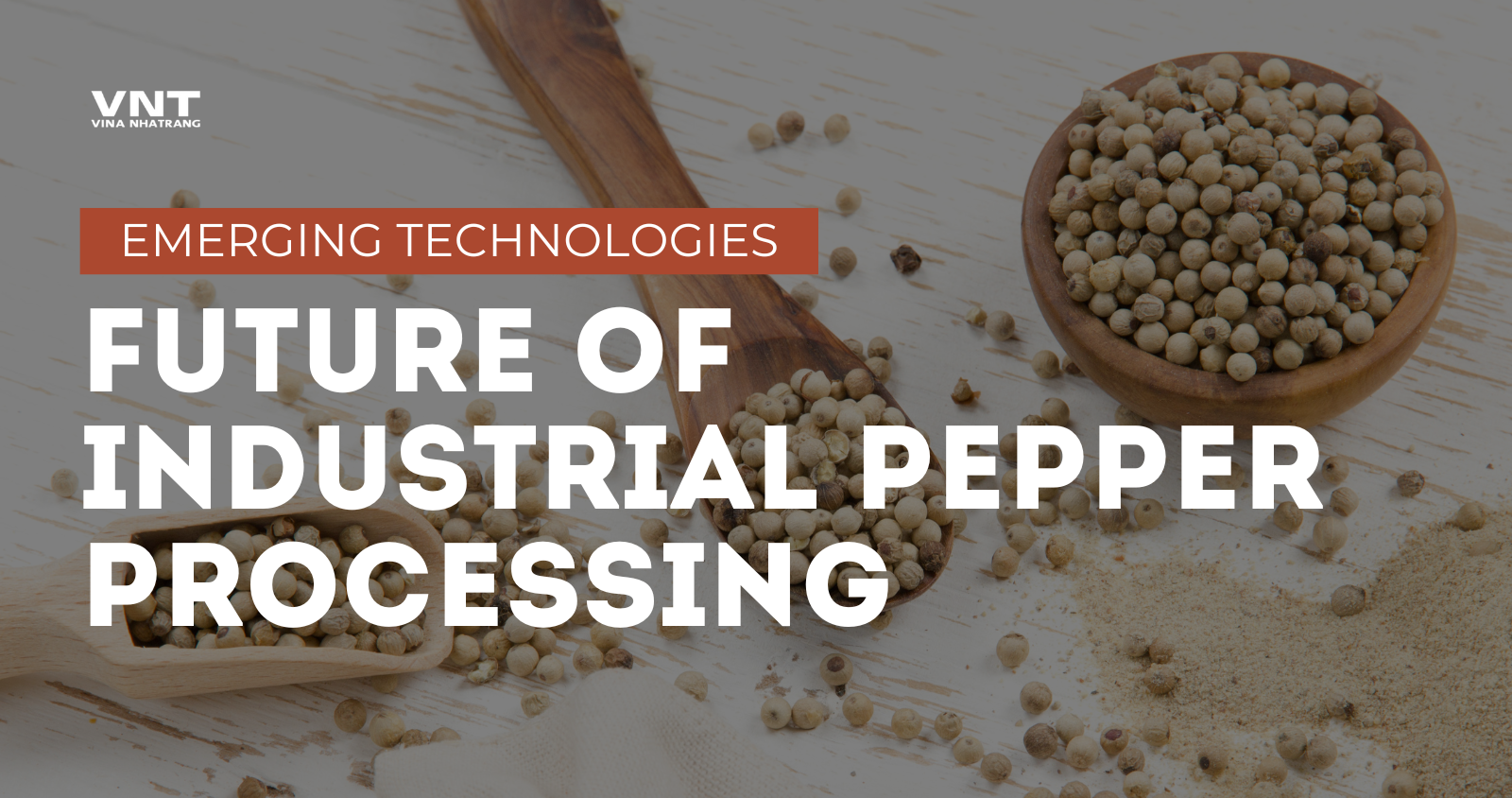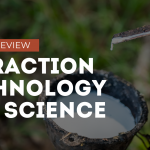The humble pepper might seem like a simple spice, but behind every perfectly ground black pepper in your shaker lies an increasingly sophisticated industrial process. The global pepper market, valued at a whopping $4.1 billion in 2023, is undergoing a major technological transformation that’s changing everything from harvesting to packaging. Whether you’re in the spice business or just curious about where your favorite seasonings come from, the innovations happening right now are nothing short of remarkable.
In this article, we’ll explore the cutting-edge technologies that are reshaping industrial pepper processing and why they matter to producers and consumers alike. From AI-powered sorting systems to sustainable energy solutions, these advancements aren’t just cool tech – they’re essential developments in a world demanding higher quality, greater sustainability, and improved efficiency.
How Technology is Transforming Traditional Pepper Processing
Precision Agriculture: Getting Smart Before Harvest
The future of pepper processing actually begins in the field. Smart farming techniques are revolutionizing how pepper is grown long before processing even begins:
- IoT moisture sensors now allow farmers to monitor soil conditions in real-time, optimizing irrigation and reducing water usage by up to 30%.
- Drone technology equipped with multispectral imaging can identify plant health issues and pest infestations weeks earlier than human inspection.
- Predictive analytics are helping farmers time harvests perfectly, increasing yield quality by an estimated 22% according to recent industry reports.
One pepper producer in Vietnam implemented these technologies and saw a 28% increase in viable crop yield within just two growing seasons. This isn’t just good for business – it ensures a more consistent supply chain for processors downstream.
Next-Generation Cleaning and Sorting
Once harvested, pepper berries traditionally required extensive manual sorting to remove debris and substandard product. Today’s systems are drastically different:
- Hyperspectral imaging can detect imperfections invisible to the human eye, removing nearly 99.7% of contaminated berries.
- AI-powered optical sorters process up to 3 tons of pepper per hour – approximately 5 times faster than traditional methods.
- Acoustic sensors can actually “hear” the difference between perfectly dried peppercorns and those with excess moisture content.
The Spice Trading Company implemented an AI sorting system in 2023 and reported a 64% reduction in quality control staff requirements while simultaneously improving quality consistency.
Precision Grinding Technologies
The grinding process itself has evolved considerably with several innovative approaches:
- Cryogenic grinding uses liquid nitrogen to cool peppercorns to -196°C before grinding, preserving volatile oils that would otherwise be lost to heat degradation.
- Ultrasonic-assisted grinding reduces particle size variability by 40% compared to traditional methods.
- Electromagnetic mills allow for instantaneous adjustment of grind size without stopping production.
These technologies aren’t just about efficiency – they’re about quality. Studies show that cryogenically ground pepper retains up to 42% more of its essential oils, resulting in significantly more flavorful products.
Packaging Revolution
The final step in processing has seen perhaps the most visible changes:
- Modified atmosphere packaging systems that extend shelf life by up to 14 months.
- Smart packaging with NFC tags that allow consumers to trace their pepper’s journey from farm to table.
- Biodegradable packaging solutions made from pepper plant waste – a truly circular approach.
Frequently Asked Questions About Modern Pepper Processing
Are These New Technologies Cost-Effective for Smaller Producers?
While many cutting-edge technologies require significant initial investment, the ROI timeline is shortening. Modular systems designed specifically for mid-sized operations are emerging, with leasing options making advanced sorting and grinding equipment accessible at different scales.
Many smaller producers are forming cooperatives to share technology investments, particularly in regions like Kerala, India, where 78% of pepper comes from smallholder farms. Government subsidies in major pepper-producing countries are increasingly targeting technological upgrades as part of agricultural modernization initiatives.
How Are These Technologies Impacting Product Quality?
The impact on quality is substantial. Modern processing techniques preserve significantly more of the 100+ compounds that give pepper its complex flavor profile. In blind taste tests conducted by the International Spice Institute, pepper processed using newer technologies scored 31% higher in flavor retention and consistency compared to traditionally processed products.
For consumers, this translates to more consistent, flavorful pepper that maintains its quality longer. Many premium pepper brands are now highlighting their processing technologies as a key differentiator.
What About Environmental Sustainability?
This is where some of the most exciting developments are happening:
- New processing facilities are incorporating solar thermal systems for drying, reducing energy consumption by up to 60%.
- Water recycling systems have cut processing water usage by approximately 72% in modern facilities.
- Waste-to-energy conversions are turning pepper plant residue into biogas, powering operations in a closed-loop system.
One Thai processor completely redesigned their facility around sustainability principles and achieved carbon-neutral status in 2023 – a first for the industry.
Is Automation Replacing Human Jobs in the Pepper Industry?
While automation is changing the workforce landscape, it’s not simply eliminating jobs. Rather, it’s shifting the types of positions available. Manual sorters are being retrained as machine operators and quality control specialists. The International Spice Workers Union reports that facilities implementing new technologies typically maintain similar employment numbers but with higher average wages.
The most successful transitions occur when companies invest in worker upskilling programs alongside technology upgrades.
The Future Outlook: What’s Next for Pepper Processing?
Looking ahead, several emerging technologies are poised to make an impact:
- Blockchain integration for unprecedented supply chain transparency.
- Nanoemulsion technologies that may revolutionize how pepper’s flavor compounds are preserved and delivered.
- Bioengineered enzymes that could enhance natural flavor development during processing.
Industry experts predict that by 2030, nearly 80% of premium pepper products will incorporate at least one of these advanced technologies in their production process.
Conclusion: Embracing Change in a Traditional Industry
The pepper industry stands at an exciting crossroads. While respecting traditions that have produced this essential spice for thousands of years, forward-thinking producers are embracing technologies that enhance quality, sustainability, and efficiency.
For consumers, these changes mean better products with more consistent flavor, improved traceability, and reduced environmental impact. For producers, technology adoption isn’t just about staying competitive – it’s increasingly about survival in a rapidly evolving market.
The future of industrial pepper processing is a perfect example of how traditional agricultural products can benefit from technological innovation without losing their essential character. As these technologies become more accessible across different scales of production, we can expect to see continued transformation throughout the global pepper supply chain.




